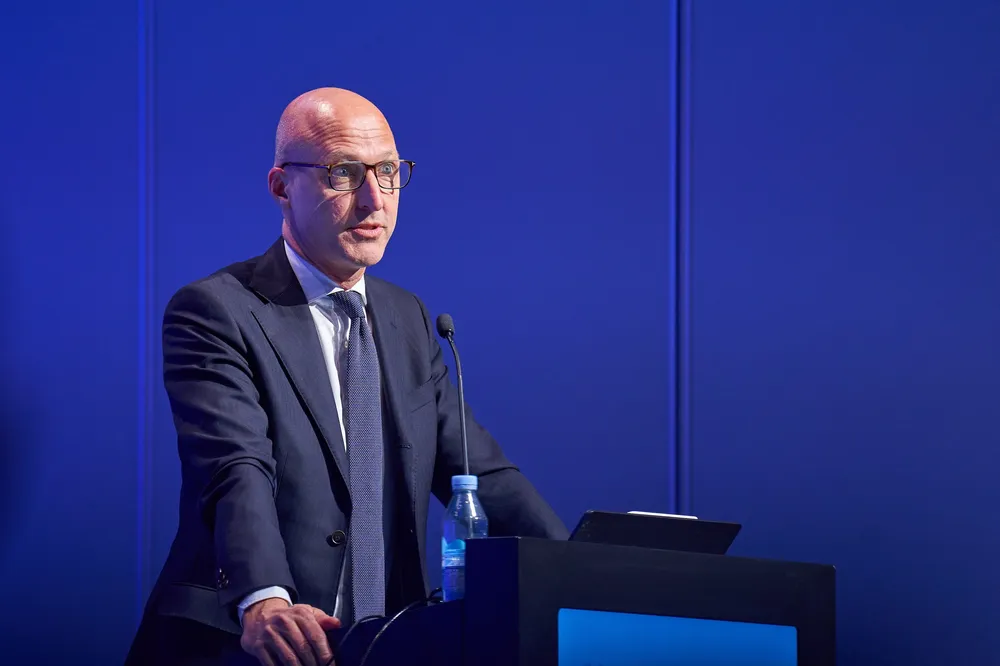Let wind farms at sea operate 'as long as possible', suggests RWE offshore chief
Sven Utermöhlen reacts to BDEW study showing that lifetime extension beyond 25 years can increase cost efficiency and power yields

RWE offshore wind chief Sven Utermöhlen has suggested letting older offshore wind farms operate beyond their planned lifetime “for as long as possible” — in combination with coordinated decommissioning and new construction — to stabilise power prices and strengthen security of supply.
He reacted to a study published this week by the Fraunhofer IWES institute that was commissioned by Germany’s water and energy industries federation (BDEW).
It found that a possible coordinated extension of offshore wind farms and grid connections for up to 35 years can increase cost efficiency and electricity yields.
The operating licenses for the first large offshore wind farms in Germany will expire around 2040, the BDEW pointed out.
“Without any other stipulations, the turbines would have to be dismantled immediately after 25 years of operation – even if their continued operation would be technically, economically, and legally feasible, depending on a case-by-case assessment,” the federation said.
“This must be questioned in terms of sustainability. In terms of cost efficiency and feasibility, it is also particularly challenging that in the existing offshore wind clusters in the North Sea, several wind farms with different operating times are often connected to a common grid connection system.
“Furthermore, existing farms are to be consolidated into larger areas with a 2GW connection capacity in the future, which requires coordination regarding operating times, dismantling, and new construction.”
Utermöhlen in a LinkedIn post said a one-time extension of up to ten years would be possible, but not guaranteed and still associated with numerous uncertainties.
While new wind farms installed with larger capacities promise higher yields, they put a strain on supply chains, grid connections and ecosystems and cause significantly higher economic costs, he said.
“Continued operation can use the existing infrastructure, thus stabilising prices and strengthening security of supply,” according to Utermöhlen.
“A staggered approach is particularly convincing: operate older parks for as long as possible, plan dismantling and new construction in a coordinated manner and use grid connections efficiently. This combines economic efficiency, security of supply and technical feasibility.”
For that to happen, the sector needs clear framework conditions in Germany’s offshore wind legislation (WindSeeG) as well as a close cooperation between developers such as Vattenfall, Orsted, or Northland Power, as well as transmission system operators (TSOs) and authorities, he added.
Utermöhlen called the study a good starting point for discussions.
“Now it is a matter of creating the regulatory basis so that continued operation does not remain a theoretical scenario, but a viable part of the energy transition.”
The Fraunhofer IWES study looked into various scenarios using a sample cluster in the German North Sea – from direct, uncoordinated dismantling and new construction to forms of coordinated continued operation with subsequent dismantling and new construction.
The institute took factors into account such as operating and investment costs, failure rates, dismantling and idle periods, as well as vessel and supply chain capacities.
(Copyright)